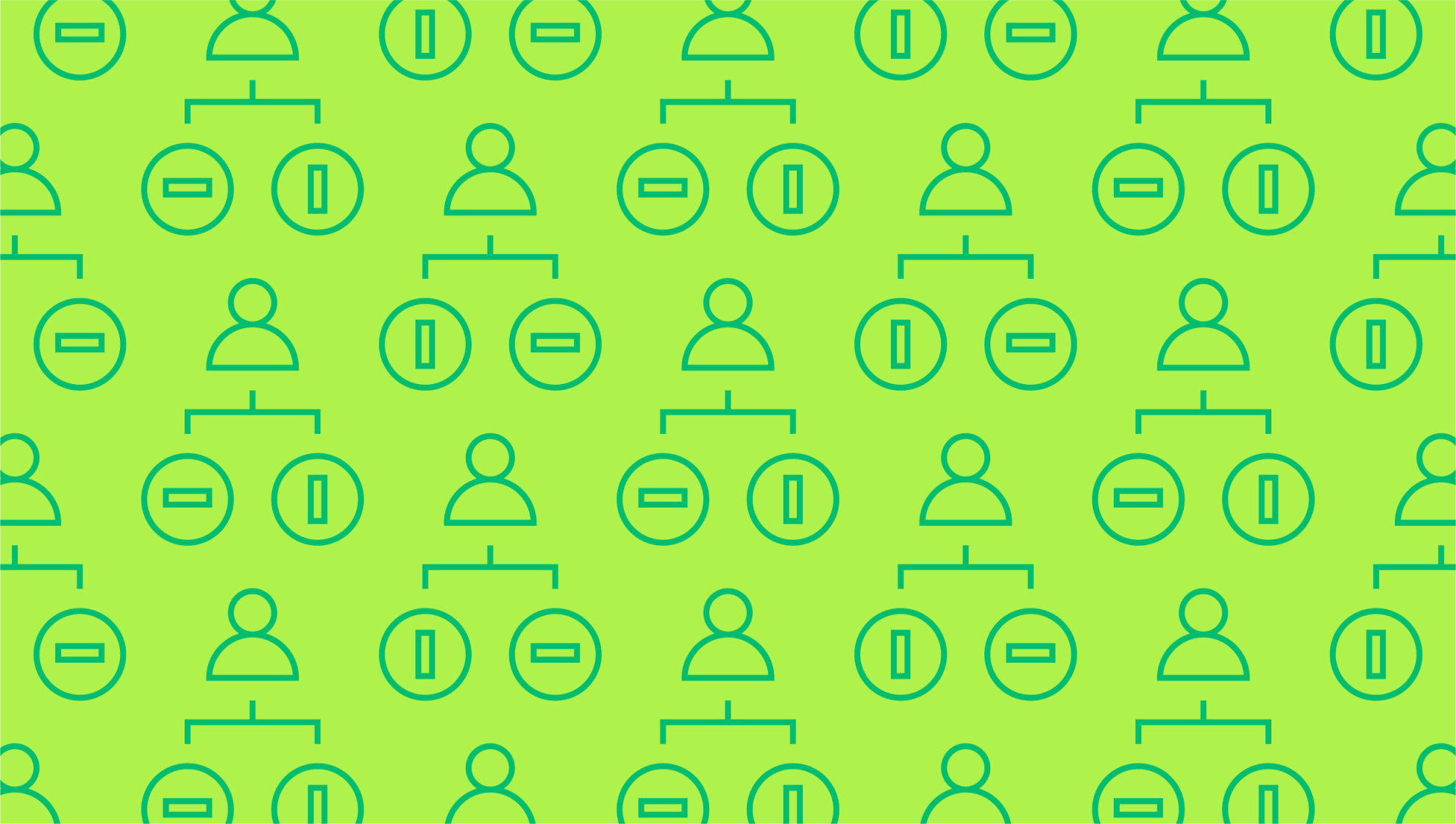Last editedSept 20212 min read
When comparing financing options, you’ll see loans broken down into two main categories: secured and unsecured. While unsecured loans use your credit score and payment history as the basis for eligibility, secured loans use collateral. So, what does collateral mean in finance, and how does it work? We’ll explore the ins and outs of collateral finance below.
What does collateral mean in finance?
The collateral definition in finance refers to any asset a borrower offers to the lender to secure a loan. Collateral mitigates risk on the lender’s side. Should the borrower default on the loan, the collateral can be used to repay the lender instead. In return, the borrower usually benefits from lower interest rates and higher loan values.
How does this work exactly? When looking at the collateral definition in finance, you’ll also likely see reference to a lien. A lien is the lender’s legal right to the asset used as collateral. If the borrower defaults, the asset might be sold immediately or held by the lender until the borrower has paid off any outstanding debts.
What qualifies as collateral?
Many types of assets are used as collateral finance for secured loans. Here are a few of the most common examples of collateral:
Property: Residential and commercial properties as well as plots of land are probably the first type of asset that springs to mind when thinking of collateral.
Inventory financing: With this type of financing, the borrower offers up a list of assets that can be used as collateral and accepted by the lender. On their own, each item may not be enough to secure the loan, but their collective value will be enough to cover the debt.
Business equipment and vehicles: Another common type of collateral situation for businesses is to use business machinery and company vehicles to secure the debt. For example, you might need to purchase a vehicle with financing. Should you default on your payments, the lender will seize the vehicle as payment.
Invoice financing: This type of collateral financing is not as common, but some lenders will accept unpaid invoices as collateral to take out a loan. When customer invoices are paid, the payments go directly to the lender rather than the business accounts.
Collateral finance example
When it comes to collateral finance examples, perhaps the most obvious is a residential mortgage. When the homeowner stops making mortgage payments, the loan provider can put legal proceedings in motion to repossess the house. Real estate can also be used as collateral with a home equity line of credit, which allows a property owner to use their existing equity as collateral to take out more money.
In trading, investors can use collateral finance to borrow money directly from the stockbroker. They use the balance in the investor’s existing account as collateral to purchase new shares. If the shares start to drop in value, the broker can request payment of the difference to minimise risk.
What is collateral risk finance?
Although collateral cuts down on the risk of lending, there is still some level of risk involved. For example, collateral risk finance issues can arise if the lender makes miscalculations. These might apply to the quantity, pricing, or nature of the collateral used to secure the transaction. There’s also the risk that the asset will plummet in value over time, which is why depreciation should always be factored into any secured loan calculation.
Financing options without collateral
What are your options if you don’t have any assets to offer? Fortunately, there are numerous alternative sources of funding to turn to. Unsecured loans are always an option, particularly if your business has a good credit rating. You might simply be able to schedule an overdraft with your business bank account provider. To qualify for unsecured business loans, lenders will usually not only look at your credit score but may also wish to view company financial statements. Credit cards, personal loans, and guarantor-secured loans can also help you access financing without collateral.
We can help
GoCardless helps you automate payment collection, cutting down on the amount of admin your team needs to deal with when chasing invoices. Find out how GoCardless can help you with ad hoc payments or recurring payments.
